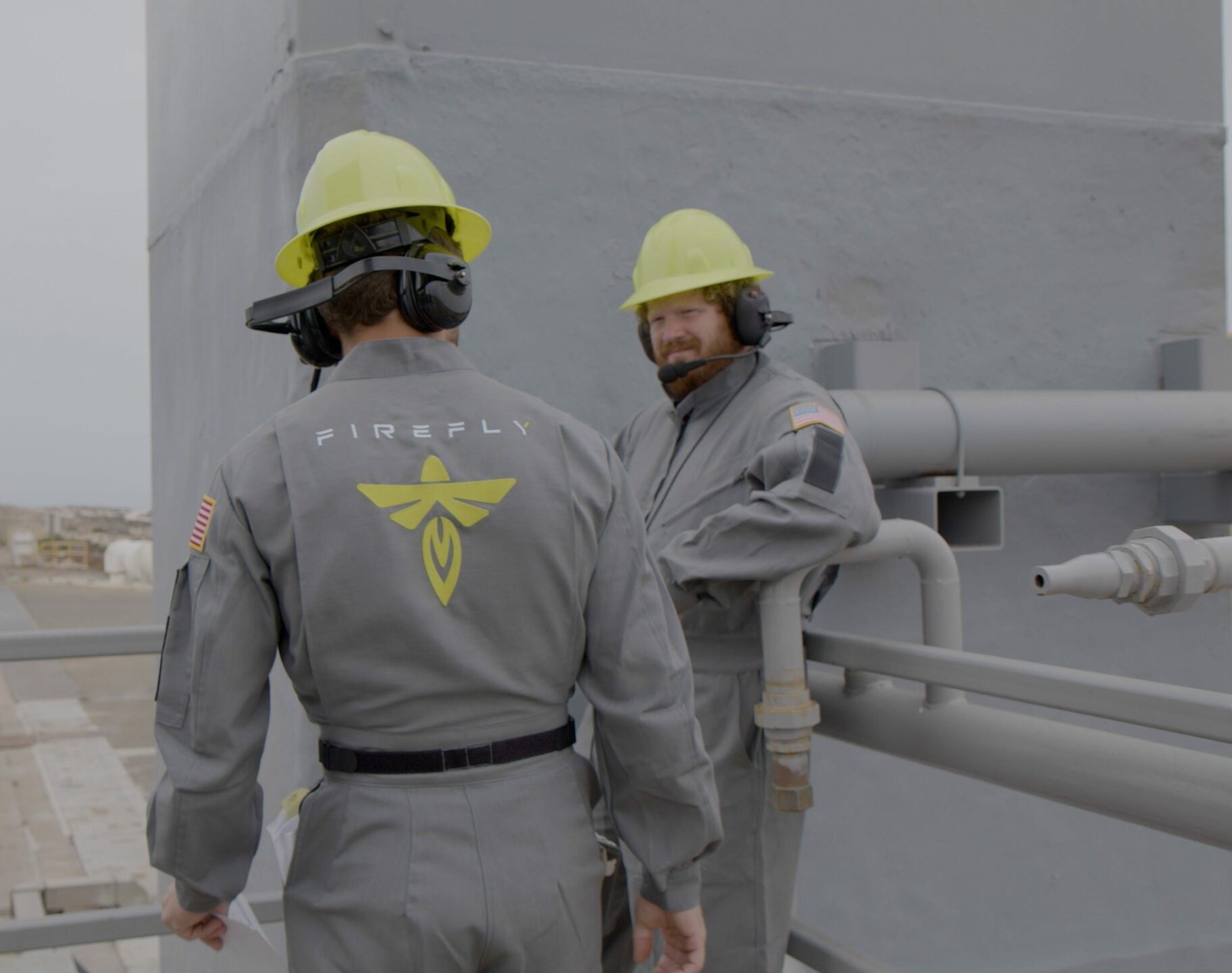Mission Complete
Alpha FLTA005 Noise of Summer
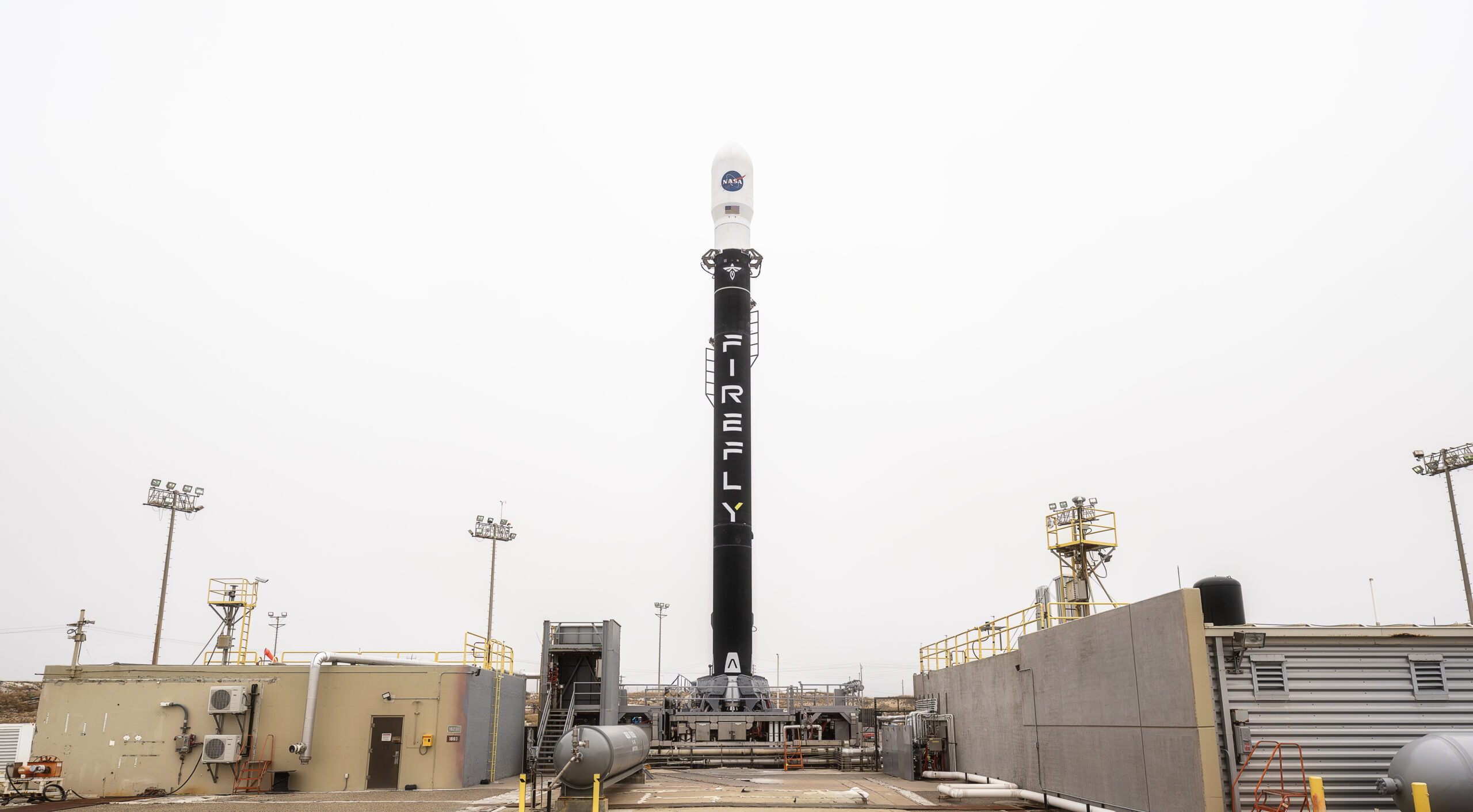
Mission Details
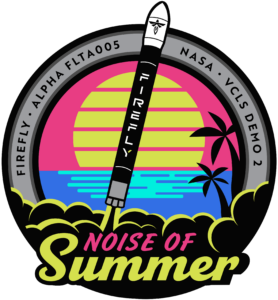 Mission Summary
Mission Summary
Alpha FLTA005, a mission called Noise of Summer, supported Firefly’s Venture-Class Launch Services Demo 2 contract with NASA that serves to validate the capabilities of launch vehicles that support a new launch class and provide more access to space for small satellites and spacecraft. Following liftoff at 9:04 p.m. PDT on July 3, 2024, the Firefly team successfully completed orbital insertion, payload deployment, second stage relight, and orbital plane change.
Payloads
Firefly launched eight CubeSats selected through NASA’s CubeSat Launch Initiative (CSLI) that provides satellite developers at U.S. educational institutions and nonprofits with low-cost access to conduct scientific research and technology demonstrations in space. The compliment of CSLI CubeSats on a given flight is referred to as an Educational Launch of Nanosatellites or ELaNa. The Alpha FLTA005 Noise of Summer mission deployed NASA ELaNa 43 payloads.

University of Arizona
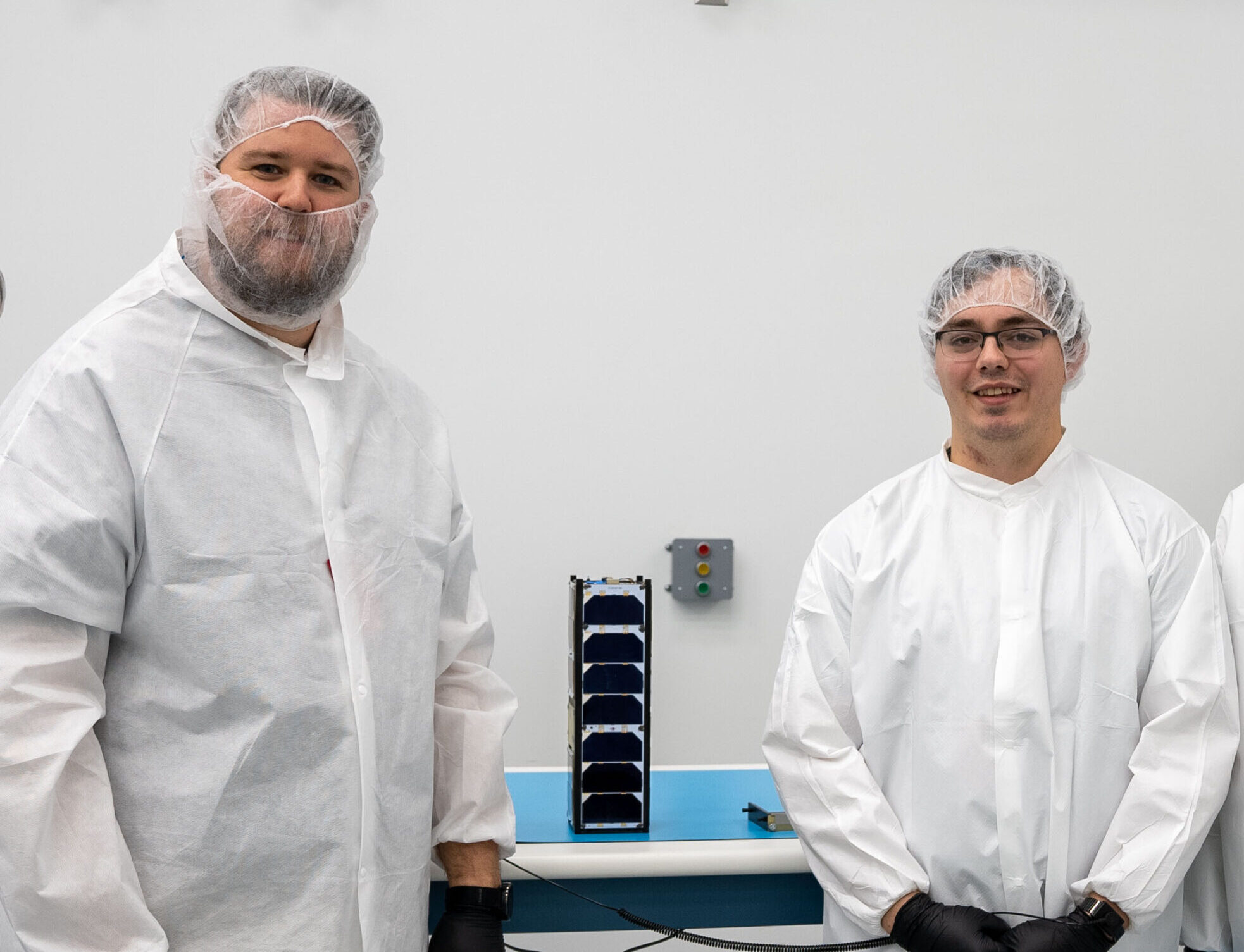
University of Kansas

University of Maine
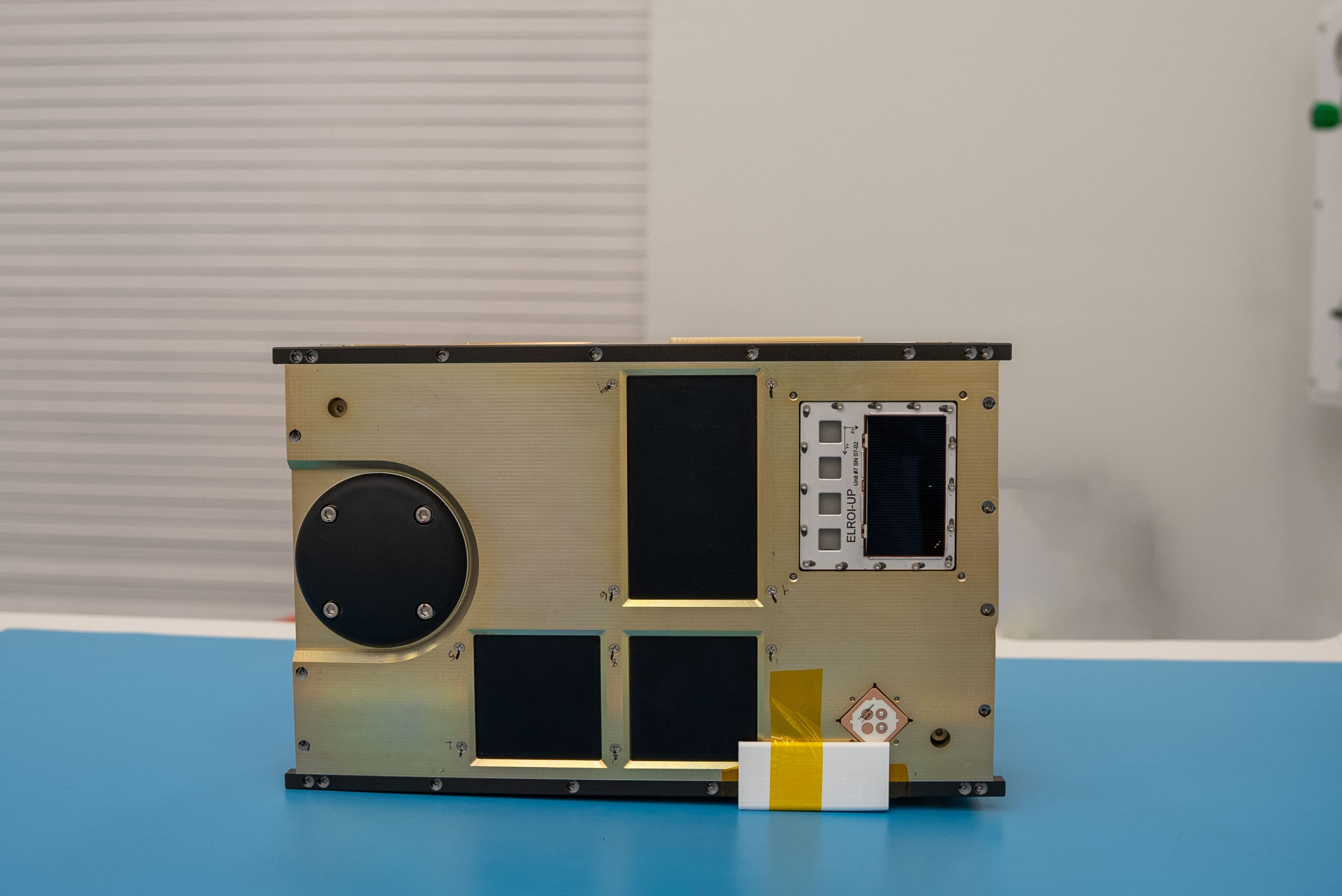
NASA Johnson Space Center

NASA Johnson Space Center
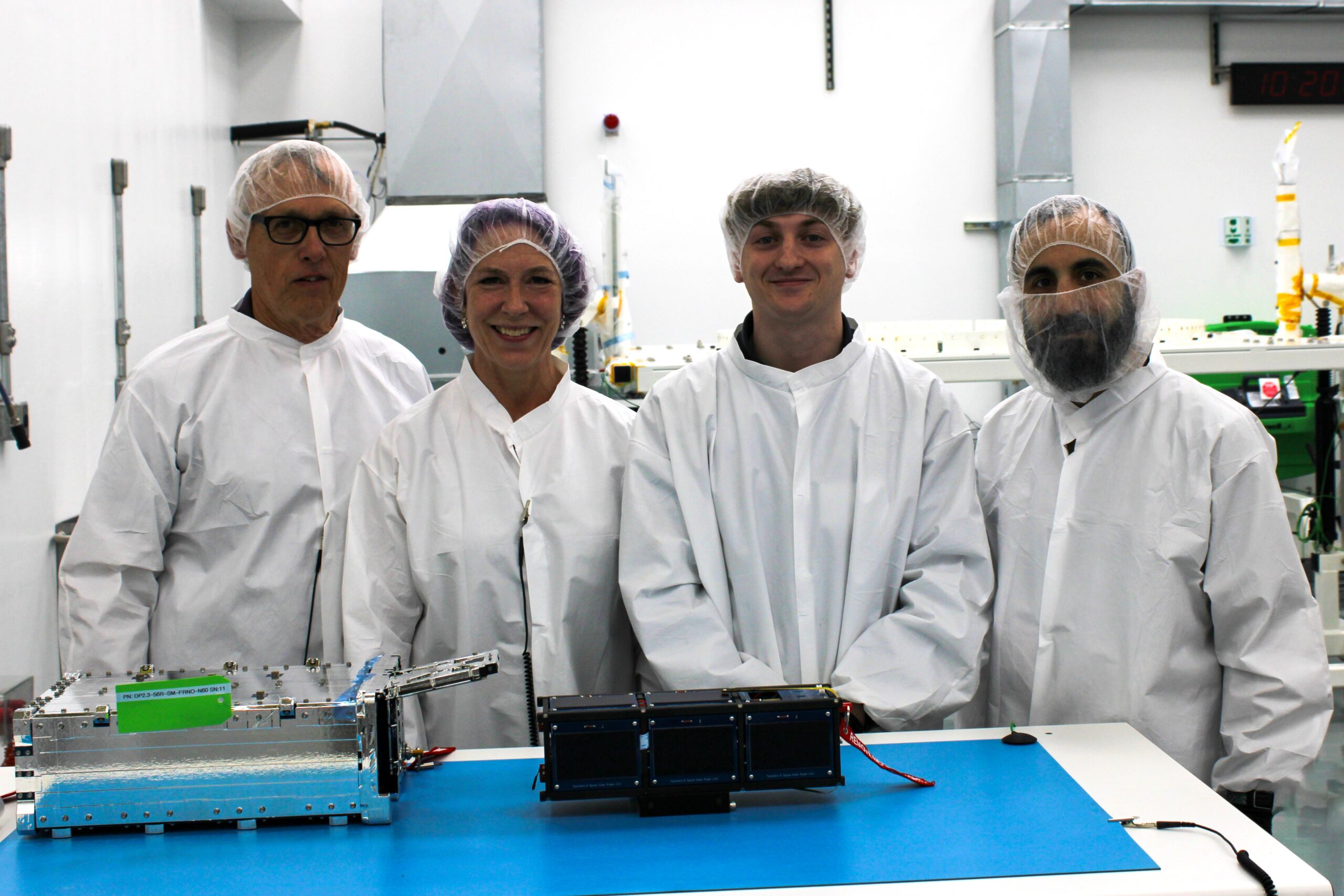
Teachers in Space
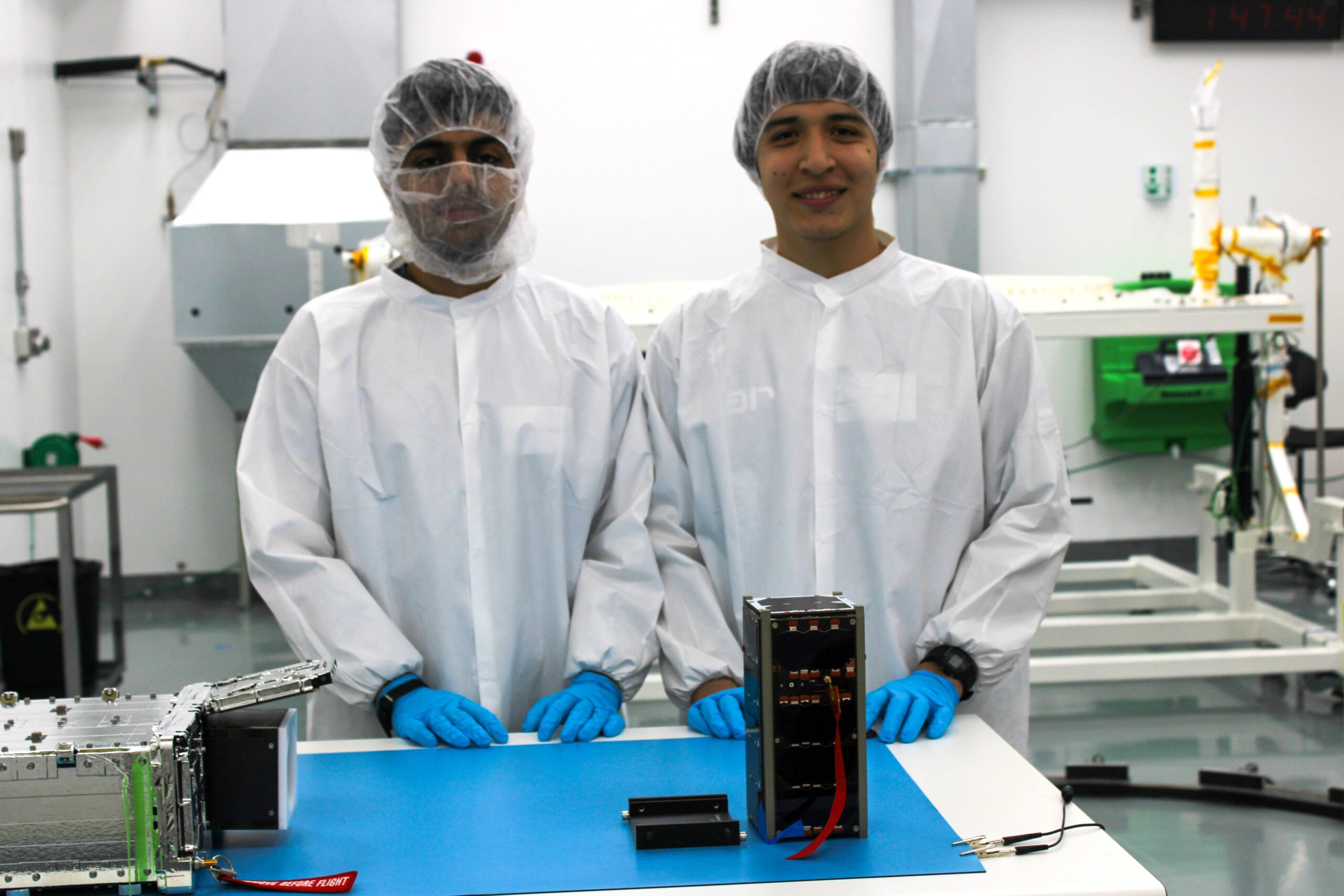
University of Washington
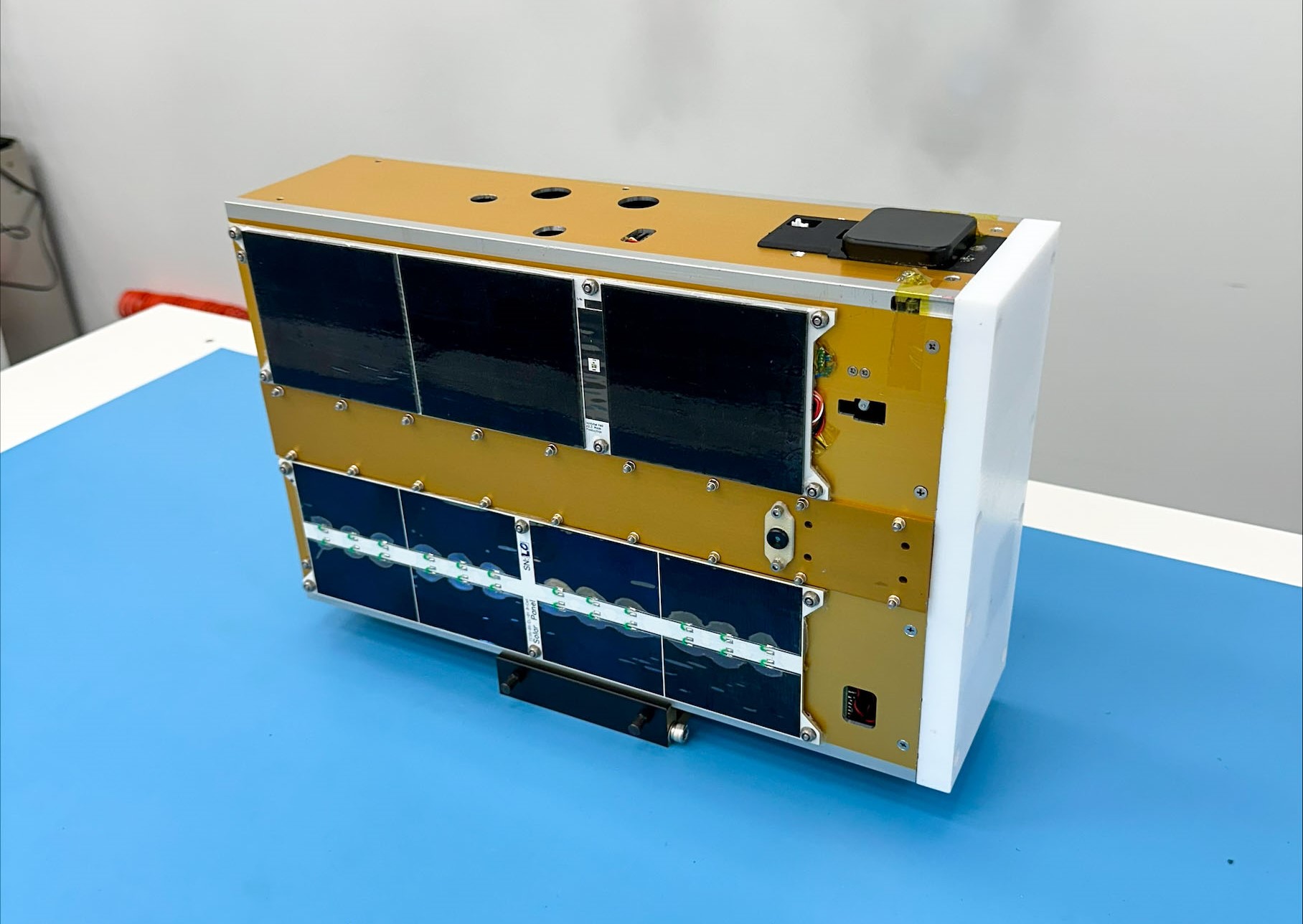
NASA Ames Research Center
Launch Operations
As another responsive space demonstration, the Firefly team rapidly executed key launch operations within 24 hours of the first scheduled liftoff. The following graphic shows the approximate start time of these operations.
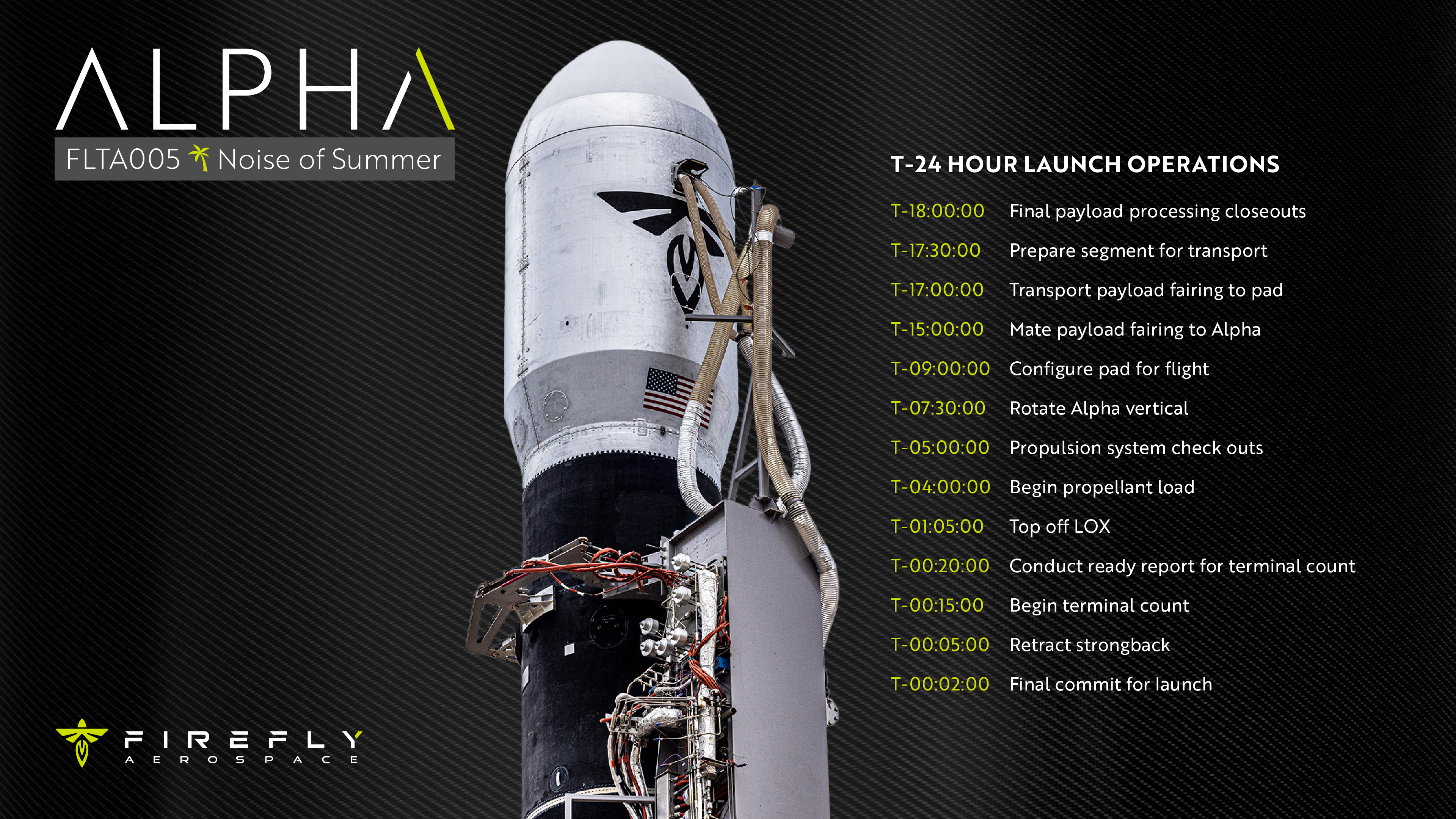
Launch Timeline
The following graphic shows an approximate timeline (HH:MM:SS) for the key mission milestones after liftoff.
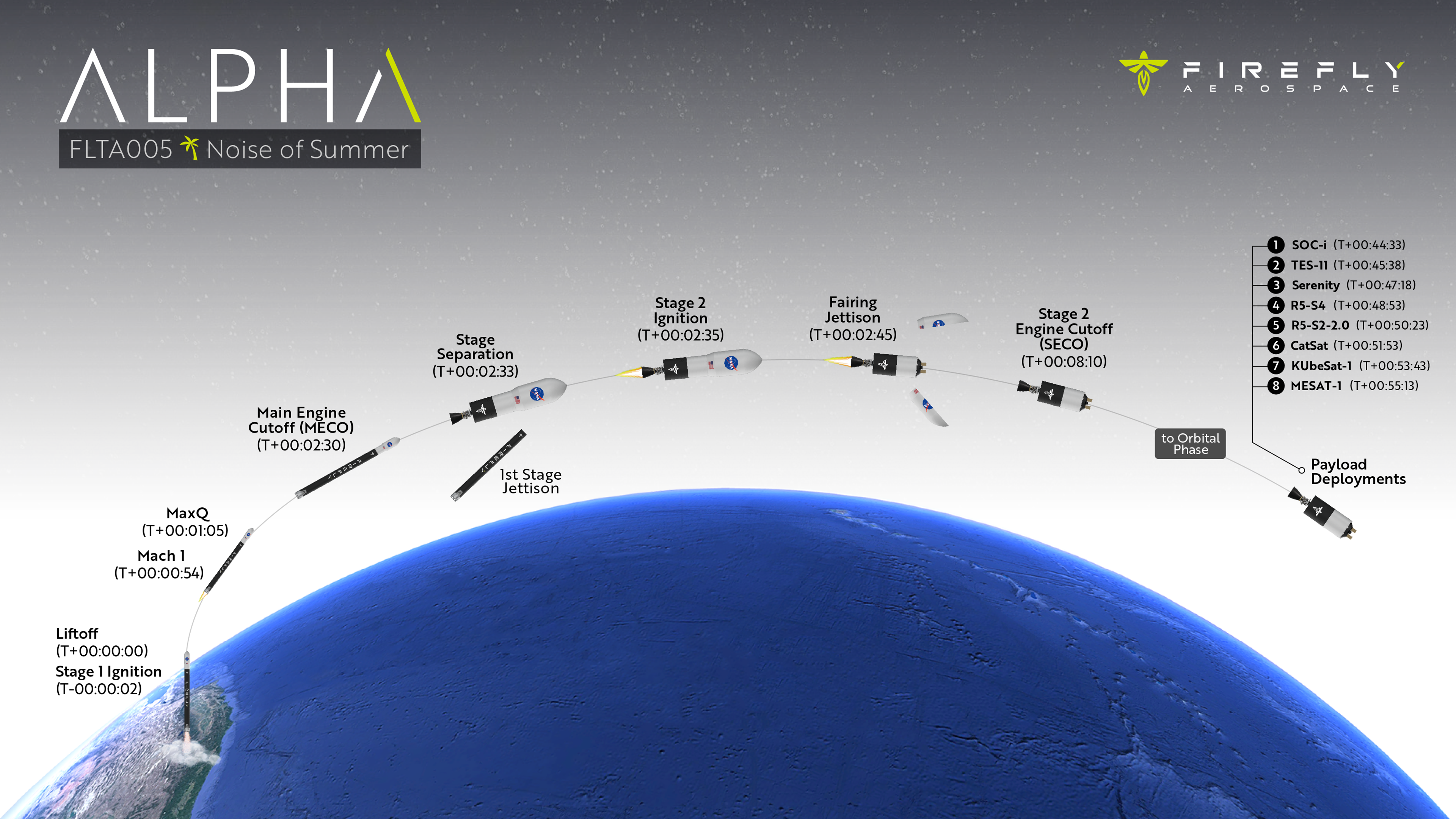
Livestream
Firefly hosted the Alpha FLTA005 Noise of Summer livestream in collaboration with NASASpaceflight.

